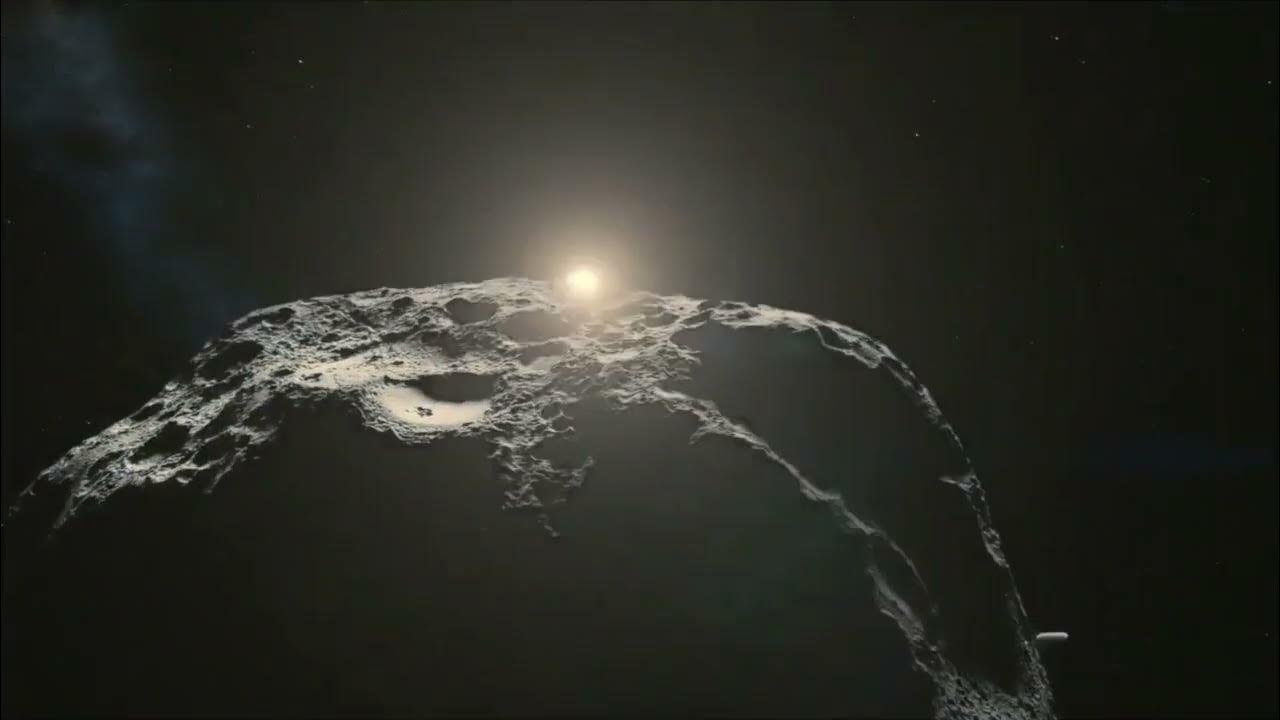What Was The Young Earth Like? | Big History Project
Summary
TLDRDavid Christian takes us on a journey back to the early Earth, exploring its extreme conditions and the violent forces that shaped its structure. From molten lava and asteroid impacts to the formation of Earth's layers, he explains how the planet evolved. The discovery of plate tectonics, following Alfred Wegener's idea of continental drift, revolutionized our understanding of Earth's dynamic surface. The theory of plate tectonics explains the formation of mountains, earthquakes, and volcanic activity, giving us insight into the planet's ongoing transformation and the processes that make Earth a living, changing world.
Takeaways
- 😀 The early Earth was extremely hot, making it an inhospitable place for life.
- 😀 The Earth’s initial heat came from three primary sources: a supernova, the process of accretion, and pressure from the Earth's growth.
- 😀 The early Earth melted, which allowed for the formation of layers like the core, mantle, crust, and atmosphere.
- 😀 The Earth's core is metallic, made primarily of iron and nickel, and is crucial for generating the Earth’s magnetic field.
- 😀 The mantle, made up of semi-molten rock, moves due to convection currents, affecting the movement of the Earth's crust.
- 😀 The crust is the thin outer layer where we live, and it is continuously moved by convection currents from below.
- 😀 The atmosphere was formed by gases that bubbled up from the Earth's surface, some of which escaped into space while others were retained.
- 😀 The Earth’s structure was established around ten million years after the formation of the solar system.
- 😀 Alfred Wegener proposed the idea of Pangaea, a supercontinent, but could not explain how continents moved, which led to skepticism from other scientists.
- 😀 The theory of plate tectonics, which was developed using post-WWII sonar technology, provides the framework for understanding how continents shift and interact.
- 😀 Plate tectonics explains the formation of mountains, earthquakes, and volcanic activity, as well as the movement of oceanic and continental crusts.
Q & A
What were some of the extreme conditions on Earth 4.5 billion years ago?
-4.5 billion years ago, the Earth was extremely hot. It was covered in molten lava, lacked oxygen, and had high radiation levels. Additionally, asteroids and meteorites were constantly crashing into the planet, and these factors would have made survival impossible for humans.
Why was the early Earth so hot?
-The early Earth was hot due to three main factors: radioactive material from a nearby supernova, violent collisions during the accretion process, and increasing pressure from the growing size of the Earth which generated heat at its core.
How did the early Earth form its layers?
-As the early Earth melted, denser materials like iron and nickel sank to the center, forming the core, while lighter rocks formed the mantle and crust. This process created Earth's layered structure, with the atmosphere forming from lighter gases.
What does the process of accretion involve?
-Accretion is the process where space debris, such as meteorites and asteroids, collide with each other, generating immense heat with each impact. This process contributed significantly to the early Earth’s high temperature.
Why is Earth's magnetic field important?
-Earth's magnetic field, created by the metal-rich core, is crucial because it deflects harmful solar radiation, helping to protect life on Earth from radiation that would otherwise be dangerous.
What did Alfred Wegener contribute to our understanding of Earth's continents?
-Alfred Wegener proposed that the continents were once connected in a supercontinent called Pangaea. He presented evidence such as similar geological strata in distant regions, but his theory was initially dismissed because he couldn't explain how the continents moved.
What evidence did scientists discover after World War II that supported Wegener's theory?
-After World War II, sonar technology revealed massive chains of volcanoes along ocean ridges. These volcanoes were pushing apart the oceanic crust, suggesting that the continents were indeed moving, which supported Wegener’s theory of continental drift.
What is the theory of plate tectonics?
-The theory of plate tectonics explains that Earth's outer shell is broken into large plates that float on the semi-molten mantle. These plates move and interact at their boundaries, causing earthquakes, volcanic activity, and the formation of mountain ranges.
How are mountain chains like the Andes and Himalayas formed?
-Mountain chains form when tectonic plates collide. The Andes were formed when oceanic crust collided with continental crust, causing the oceanic crust to sink beneath the continental crust. The Himalayas were formed when two pieces of continental crust collided and crumpled up.
What is the significance of the San Andreas fault in relation to plate tectonics?
-The San Andreas fault is a boundary where two tectonic plates move past each other. The friction between the plates builds up pressure, which, when released, causes earthquakes, illustrating the dynamic nature of Earth’s crust.
Outlines

This section is available to paid users only. Please upgrade to access this part.
Upgrade NowMindmap

This section is available to paid users only. Please upgrade to access this part.
Upgrade NowKeywords

This section is available to paid users only. Please upgrade to access this part.
Upgrade NowHighlights

This section is available to paid users only. Please upgrade to access this part.
Upgrade NowTranscripts

This section is available to paid users only. Please upgrade to access this part.
Upgrade NowBrowse More Related Video
5.0 / 5 (0 votes)





